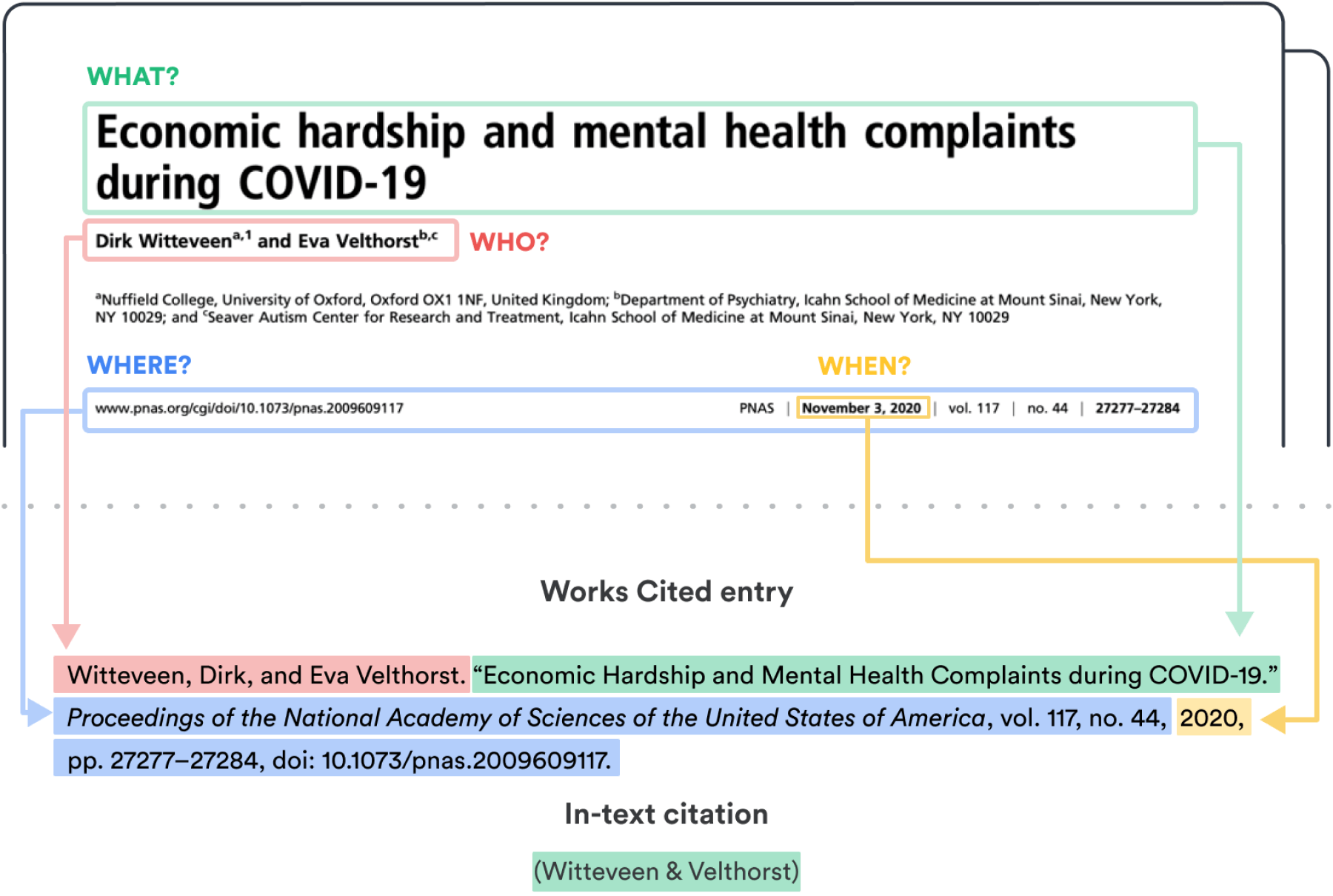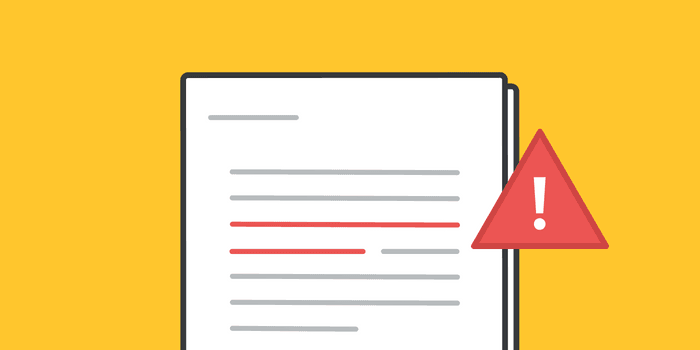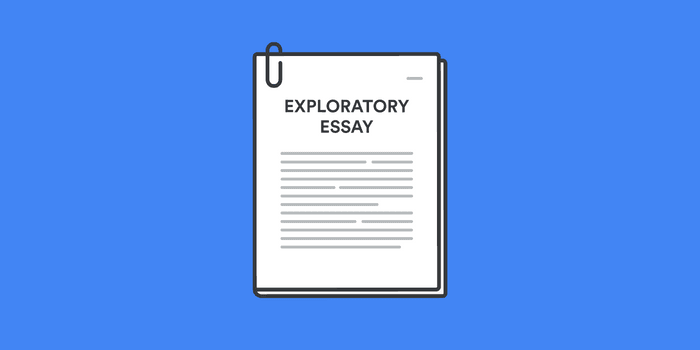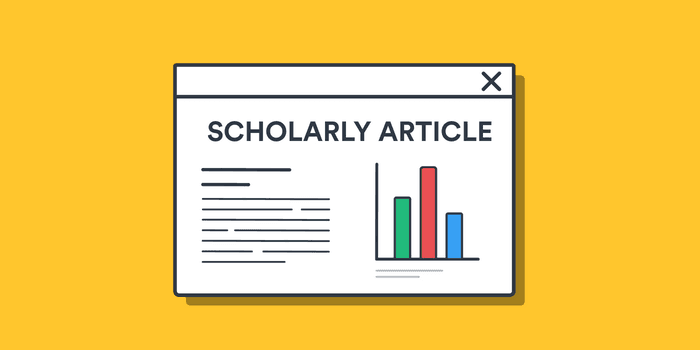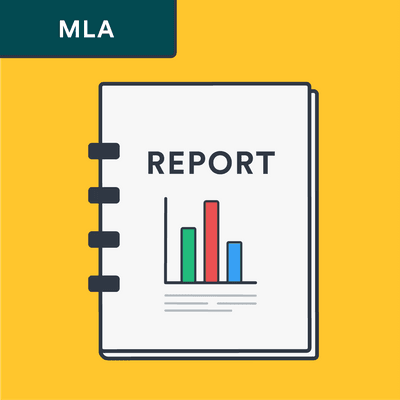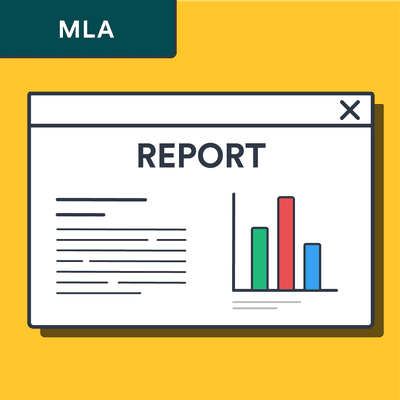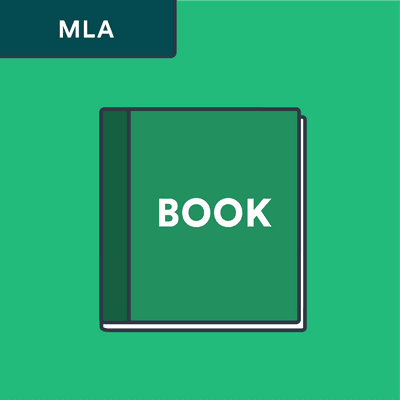BibGuru MLA Citation Generator
Cite websites, books, articles, ...

The ultimate guide to citing in MLA
The MLA citation style was developed by the Modern Language Association of America, an association of scholars and teachers of language and literature.
The MLA publishes several academic journals, and the MLA Handbook, a citation guide for high school and undergrad students. The MLA Handbook provides guidelines for writing and documenting research, as well as tips for the use of the English language in your writing.
MLA is a very popular citation style. However, if you are unsure which citation style to use in your paper, ask your instructor. There are many different citation styles and using the style your instructor or institution has established correctly can have a positive impact on your grade.
This guide is based on the 9th edition of the MLA Handbook and aims at helping you cite correctly in MLA. The MLA Handbook provides guidelines for a large variety of sources and uses a two-part documentation system for citing sources:
- in-text parenthetical citations (author, page)
- a reference list at the end of paper with all literature used in text.
Each source that was cited in the text or notes of your paper should appear in a list at the end of the paper. MLA calls the reference list a "Works Cited" page.
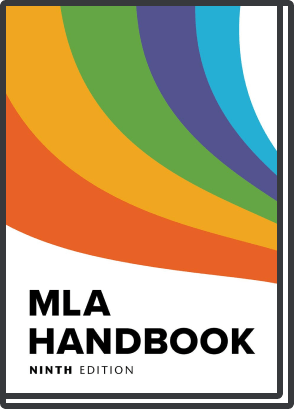
I want to cite a ...
Your Works Cited page in MLA
Your Works Cited list identifies the sources you cite in the body of your research project. Works that you consult during your research, but don't use and cite in your paper, are not included. Your Works Cited list is ordered alphabetically by the part of the author's name that comes first in each entry.
Entries in the list of works cited are made up of core elements given in a specific order, and there are optional elements that may be included. The core elements in your works cited list are the following, given in the order in which they should appear, followed by the correct punctuation mark. The final element in an MLA reference should end with a period:
- Author.
- Title of source.
- Title of container,
- Contributor,
- Version,
- Number,
- Publisher,
- Publication date,
- Location.
To use this template of core elements, first evaluate what you are citing to see which elements apply to the source. Then list each element relevant to your source in the order given on the template. For a work containing another work (e.g. an article published in a journal and contained in a database), you can repeat the process by filling out the template again from Title of container to Location, listing all elements that apply to the container.
Step-by-step guide to create a Works Cited entry
Let's try this with a journal article. If you wanted to cite the article, “What Should We Do with a Doctor Here?”: Medical Authority in Austen’s Sanditon," from the journal, Nineteenth-Century Contexts, the process would look like this:
- First, you would determine the author. In this case, that's Amy Mallory-Kani. so the first part of your reference would be: Mallory-Kani, Amy.
- Next, you'd want to include the title of the source in quotation marks, followed by a period: “What Should We Do with a Doctor Here?”: Medical Authority in Austen’s Sanditon."
- After the title of the source, you need to list the container. In this case, it's the journal's name, Nineteenth-Century Contexts, italicized and followed by a comma.
- For journal articles, the title of the container needs to be followed by version, or the volume number of the journal, separated by a comma from the issue number: vol. 39, no. 4,
- Since there is not typically a publisher listed for journal articles, the next step is to include the date, followed by a comma: 2017,
- Finally, you'll end your reference by adding the page numbers for the article, followed by an ending period: pp. 313-26.
If we put this all together, the full reference will look like this:
EXAMPLEJournal article
Mallory-Kani, Amy. “'What Should We Do with a Doctor Here?': Medical Authority in Austen’s Sanditon”. Nineteenth-Century Contexts, vol. 39, no. 4, 2017, pp. 313-26.
MLA has a specific rule about how to structure page numbers in a works cited entry. Use pp. and then list the number. If the page range is within ten or one hundred digits, you don't need to repeat the first digit. For example, you would write pp. 51-8 or pp. 313-26.
The following section takes a deeper look at the core elements of an MLA works cited entry to help you get your citation right.
A closer look at MLA's core elements
Author
When formatting the author element, make sure to follow these guidelines:
- When a work is published without an author's name, do not list it as Anonymous. Skip the author element instead and begin with the Title of source.
- Begin the entry with the last name of the author, so it can be alphabetized under this name. Follow the last name with a comma and the rest of the name as presented by the work.
- When a source has two authors, include them in the order in which they are presented in the work. Reverse the first of the names as described above.
- When a source has three or more authors, reverse the first of the names as described above and follow it with a comma and the abbreviation, et al.
EXAMPLESource with two authors
Gabrielle, Matthew, and David M. Perry. The Bright Ages: A New History of Medieval Europe. Harper, 2021.
Title of Source
In the Title of Source element, you list the title of the work you are citing:
EXAMPLETitle of Source element
Cox, Taylor. Creating the Multicultural Organization: A Strategy for Capturing the Power of Diversity. Jossey-Bass, 2001.
In general, titles in your Works Cited list are given in full exactly as they are found in the source, except that capitalization, punctuation between the main title and a subtitle, and the styling of titles that normally appear in italic typeface are standardized. The Title of Source element is followed by a period unless the title ends in a question mark or exclamation point.
Title of Container
A container in the context of the MLA template is a work that contains another work. An example of a container can be:
- A periodical, such as a journal, magazine or newspaper is the container of an article published there.
- A website or database can be the container of a post, a review, a song, a film, or other media.
- An art exhibit is the container of an artwork featured in it.
In the example below, the Journal of Postsecondary Education and Disability is the container of the article “Vocabulary Knowledge of Deaf and Hearing Postsecondary Students”:
EXAMPLETitle of Container
Sarchet, Thomastine, et al. “Vocabulary Knowledge of Deaf and Hearing Postsecondary Students.” Journal of Postsecondary Education and Disability, vol. 27, no. 2, Summer 2014, pp. 161–178.
Importantly, a website or a database is not always automatically the container of a work that can be found there. If you click on a Facebook link that takes you to a New York Times article, Facebook is not the container of the article, but the New York Times website is. Be careful to make the distinction here.
The title of Container is normally italicized and followed by a comma.
Contributor
People, groups, and organizations can be contributors to a work without being its primary creator. There can be a primary author, but a work can also be created by a group of people. Key contributors should always be listed in your entry. Other contributors can be listed on a case-by-case basis. Whenever you list a contributor, include a label describing the role. These kinds of contributors should always be listed in your entry:
- translators
- editors responsible for scholarly editions and anthologies
- editors responsible for edited collections of works by various primary authors from which you cite an individual contribution
EXAMPLETranslator of a work with a primary author
Chartier, Roger. The Order of Books: Readers, Authors, and Libraries in Europe between the Fourteenth and Eighteenth Centuries. Translated by Lydia G. Cochrane, Stanford UP, 1994.
It may be necessary to include other types of contributors if they shaped the overall presentation of the work. Use labels (in lowercase) to describe the contributor's role, such as:
- edited by
- created by
- adapted by
- translated by
- etc.
EXAMPLECreator of a television show
"Strike Up the Band." The Marvelous Mrs. Maisel, created by Amy Sherman-Palladino, season 3, episode 1, Amazon Studios, 2019.
When a source has three or more contributors in the same role, list the first contributor, followed by et al.
EXAMPLEThree or more contributors
Balibar, Étienne. Politics and the Other Scene. Translated by Christine Jones et al., Verso, 2002.
Version
If a source is a version of a work released in more than one form, you need to identify the version in your entry. For example, books are commonly issued in versions called editions.
When citing versions in your Works Cited list, write original numbers with arabic numerals and no superscript. Abbreviate revised (rev.) and edition (ed.).
EXAMPLEEdition of a work
Black, Joseph, et al., editors. The Broadview Anthology of British Literature: The Victorian Era. 3rd ed., Broadview, 2021.
Number
The source you are documenting may be part of a sequence, like a volume, issue, or episode. Include that number in your entry:
EXAMPLEWork with a number
Warren, R., et al. “The Projected Effect on Insects, Vertebrates, and Plants of Limiting Global Warming to 1.5°C Rather than 2°C.” Science (New York, N.Y.), vol. 360, no. 6390, 2018, pp. 791–795, doi:10.1126/science.aar3646.
Always use arabic numerals in the Number element. If necessary, convert roman numerals or spelled out numerals to arabic numerals.
Publisher
The publisher is the entity primarily responsible for making the work available to the public. The publisher element may include the following:
- book publisher
- studio, network, company, or distributor that produced or broadcast a television show
- institution responsible for creating website content
- agency that produced government publication
A publisher's name may be omitted when there is none, or when it doesn't need to be given, for example in:
- some periodicals (when publication is ongoing)
- works published by their authors or editors (self-published)
- websites not involved in producing the content they make available (e.g. Youtube)
Publication date
This element tells your reader when the version of the book you are citing was published. In the example below, the book was published in 2018:
EXAMPLEPublication date
Lavelle, Christophe, editor. Molecular Motors: Methods and Protocols. 2nd ed., Humana Press, 2018, doi:10.1007/978-1-4939-8556-2.
If roman numerals are used, convert them to arabic numerals. Use the day-month-year style to minimize commas in your entry and use the most specific date you can find in your source. Include day, month, and year if your source does:
EXAMPLESpecific Publication date
Merrill, Stephen. "Teaching through a Pandemic: A Mindset for This Moment." Edutopia, 19 Mar. 2020, www.edutopia.org/article/teaching-through-pandemic-mindset-moment.
When time is given and helps define and locate the work, include it.
Location
For paginated print or similar formats (e.g. PDFs), the location is the page range. In other cases, additional information may need to be included with the page numbers so that the work can be found. In this overview, you can see examples for locations:
| Format | Location | Examples |
|---|---|---|
| Paginated print or similar fixed-format works contained in another work | Page range | Essay in a print anthology; PDF of an article in a journal |
| Online works | DOI, permalink, or URL | Article on a news website; essay in journal |
| Unique or ephemeral works viewed or heard firsthand | Place where the work was viewed or heard | Performance; lecture; artwork; manuscript in an archive |
| Physical media other than paginated print works | Numbering system provided by the source | Numbered disc in a DVD set |
Supplemental elements
As mentioned above, Works Cited list entries in MLA style are based on the template of core elements. In some cases, you may need or want to give additional information relevant to the work you are documenting. You can do so by adding supplements to the template. There are two sections where you can add supplements, either:
- after the Title of Source, or
- at the end of the entry.
A period should be placed after a supplemental element. Three pieces of information are the most likely to be placed after the Title of Source:
- A contributor other than the author
- The original publication date (for a work contained in another work)
- Generically labeled sections (if any part or section of the work has a unique title as well as generic label)
For example, inserting the contributors' roles and names after the Title of Source element tells the reader that Leila El Khalidi and Christopher Tingley translated only The Singing of the Stars, not all the other works in Short Arabic Plays:
EXAMPLESupplemental elements
Fagih, Ahmed Ibrahim al-. The Singing of the Stars. Translated by Leila El Khalidi and Christopher Tingley. Short Arabic Plays: An Anthology, edited by Salma Khadra Jayyusi, Interlink Books, 2003, pp. 140-57.
If you need to clarify something about the entry as a whole, you can do it at the end of the entry, like:
- Date of access
- Medium of publication (when more than one version of a source is accessible on the same landing page and you are citing a version that is not the default version)
- Dissertations and theses
- Publication history
- Book series
- Columns, sections, and other recurring titled features
- Multivolume works
- Government documents
EXAMPLEGovernment documents
United States, Congress, House. Improving Broadband Access for Veterans Act of 2016. Congress.gov, www.congress.gov/bill/114th-congress/house-bill/6394/text. 114th Congress, 2nd session, House Resolution 6394, passed 6 Dec. 2016.
In-text citations in MLA
In-text citations aim at directing the reader to the entry in your Works Cited list for the source. while creating the least possible interruption in the text. An in-text citation usually contains the author's name (or other first element in the entry in the works cited list) and a page number. The page number usually goes in a parenthesis, placed where there is a natural pause in the text.
A parenthetical citation that directly follows a quotation is placed after the closing quotation mark. No punctuation is used between the author's name (or the title) and a page number:
EXAMPLEParenthetical citation
“It's silly not to hope. It's a sin he thought.” (Hemingway 96)
The author's name can appear in the text itself or before the page number in the parenthesis:
EXAMPLEParenthetical citation
Cox names five strategies to implement Diversity Management in companies (50).
Here are some additional examples of in-text citations and their corresponding Works Cited entries:
EXAMPLECitation in prose using author's name
Smith argues that Jane Eyre is a "feminist Künstlerroman" that narrativizes a woman's struggle to write herself into being (86).
EXAMPLEParenthetical citation
Jane Eyre is a "feminist Künstlerroman" that narrativizes a woman's struggle to write herself into being (Smith 86).
EXAMPLEWorks cited
Smith, Jane. Feminist Self-Definition in the Nineteenth-Century Novel. Cambridge UP, 2001.
How to correctly style your in-text citations
- If you are citing an author in your paper, give the full name at first mention and the last name alone thereafter.
- If you are citing a work with two authors, include both first and last names the first time you mention them in your paper. Then, in a following parenthetical citation, connect the two last names with and.
- If the source has three or more authors, you may list all the names or provide the name of the first collaborator followed by "and others" or "and colleagues". In a parenthetical citation, list the last name of the first author and et al.
Formatting your paper in MLA
The MLA Handbook also provides guidelines on how to present your paper in a clear and consistent way. These are the general guidelines to format your paper correctly, according to MLA. For more details, refer to the MLA Handbook:
- Use a legible font (e.g. Times New Roman). Font size should be 12 pt.
- Set the margins of your document to 1 inch on all sides.
- Double-space the entire text of your paper.
- Leave only one space after periods or other punctuation marks.
- Indent every new paragraph one half-inch from the left margin. You can use your tab bar for this.
- Create a header that numbers all pages consecutively in the upper right-hand corner, one half-inch from the top and flush with the right margin.
- Use italics for the titles of longer works.
- Do not make a title page for your paper unless specifically required.
- On the first page, make sure that the text is left-aligned. Then, list your name, the name of your teacher or professor, the course name and the date in separate lines.
- Center align your heading. Do not italicize, bold, or underline your title. Also, do not use a period after the title.
The MLA Handbook gives guidance for a multitude of different sources, like websites, television series, songs, articles, comic books, etc., and considers various types of contributors to these sources. BibGuru's MLA citation generator helps you create the fastest and most accurate MLA citations possible. If you want to learn more about MLA citations, check out our detailed MLA citation guides.
Helpful resources on MLA style
From our blog
More Bibguru MLA guides
Resources based on the 9th edition of the MLA Handbook
- Purdue University Online Writing Lab (OWL)
- California State University, Northridge Library MLA Style Guide
- Columbia College Library MLA Style Guide
- McMaster University Library MLA Style Guide
- Spartanburg Community College Library MLA Style Guide
- Madison College Libraries MLA Style Guide
- California State University, Dominguez Hills Library MLA Style Guide
- University of Wisconsin-Parkside Library MLA Style Guide
The following resources are based on the 8th edition of the MLA Handbook, but still offer relevant insights on MLA style
- University of Washington Libraries MLA Style Guide
- University of North Texas Libraries MLA Style Guide
- Valencia College Library MLA Style Guide
- College of Southern Nevada Libraries MLA Style Guide
- University of Nevada, Reno Libraries MLA Style Guide
- Montana State University Library MLA Style Guide
- University of Michigan Library MLA Style Guide
- University of Vermont Libraries MLA Style Guide
- University of Illinois Library MLA Style Guide
- Hillsborough Community College Libraries MLA Style Guide
- Southern Connecticut State University Library MLA Style Guide
- Arizona State University Library MLA Style Guide
FAQs
📊 How do you cite in-text in MLA style?
An in-text citation usually contains the author's name (or other first element in the entry in the works cited list) and a page number. The page number usually goes in a parenthesis, placed where there is a natural pause in the text.
📽 How do you cite in-text an audio-visual source in MLA style?
In MLA style, audio-visual material uses the specific time of the audio/video for in-text citations. You need to cite the author's last name and the time or a short version of the title and the time within parentheses, e.g.:
The following scene exemplifies the performer's physical abilities (Thurman 00:15:43-00:20:07).
🤓 Who uses MLA style?
Anyone can use MLA style given its versatility. However, this format is often used by writers and students working in the arts and humanities, such as linguistics, literature, and history.
👨💻 Is there a free MLA citation machine?
Yes, the BibGuru MLA citation generator is completely free and ready to use by students and writers adopting MLA guidelines.
🙇🏻♀️ What version of MLA style should I use?
The most recent version of the MLA guidelines is the 9th edition of the MLA Handbook, released in 2021. It is still very new so you should check with your instructor or institution to make sure you're using the right version.
